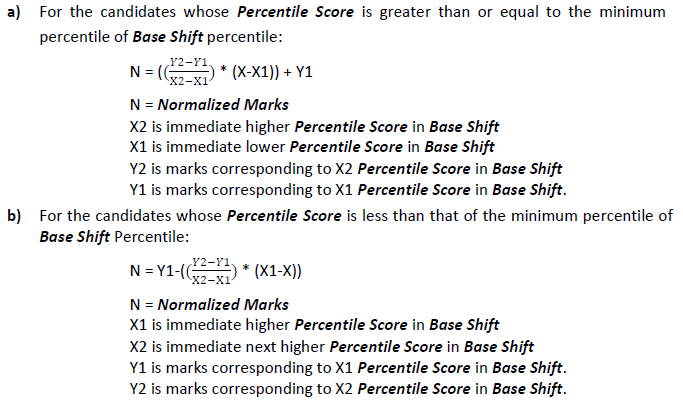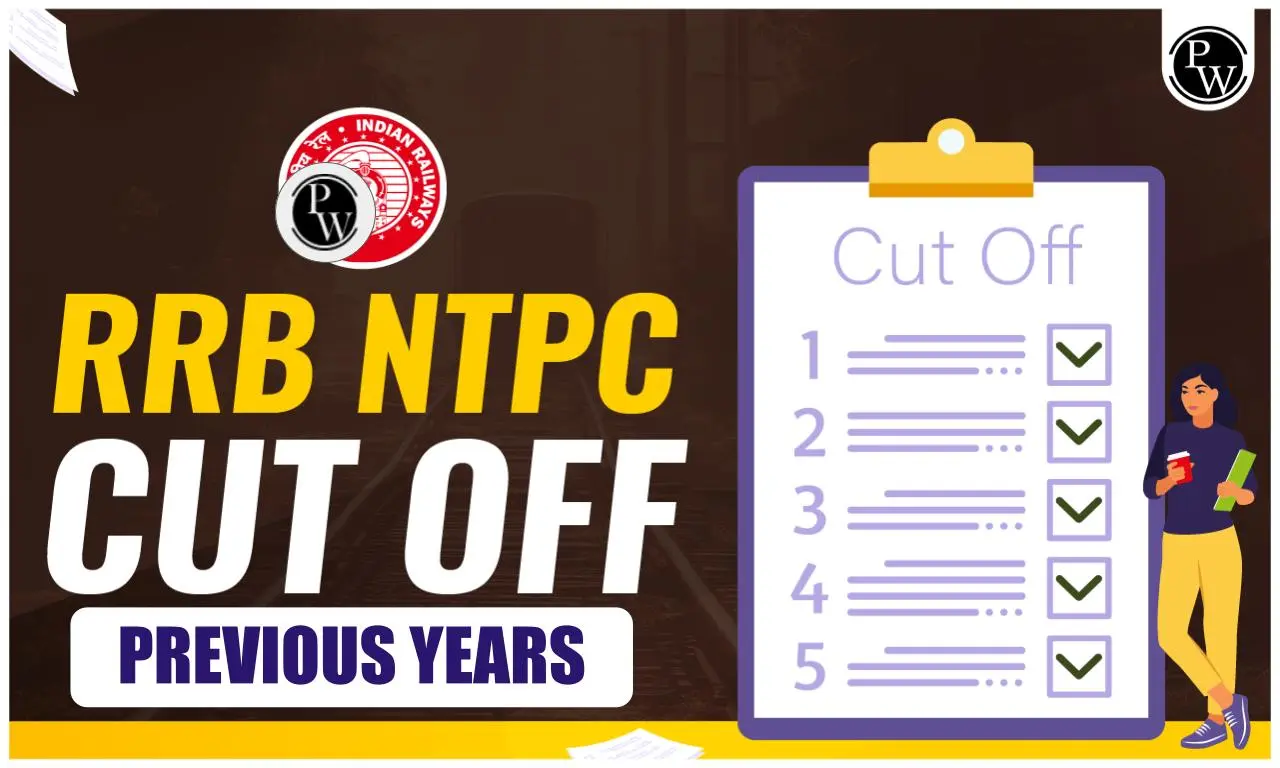
Railway Marks Normalization: The Railway Recruitment Boards (RRBs) conduct various exams like RRB ALP, RPF SI, Technician, RRB NTPC, Group D, etc. to fill multiple posts under different levels of the 7th Central Pay Commission (CPC) matrix. Given the large number of applicants and multiple shifts for these exams, RRBs use a normalization methodology to ensure fairness in the assessment process. This article explains the Railway Marks Normalization methodology in simple terms for candidates' reference.
Railway Marks Normalization
Marks normalization is a statistical process used to adjust the scores of candidates who appear for the same exam but in different shifts. This method ensures that no candidate is disadvantaged or advantaged due to the difficulty level of the question papers varying across different shifts. Check all the details regarding the RRB Marks Normalization method for the CBT exam conducted by the Railway Recruitment Board.Why Railway Marks Normalization is Needed?
When exams are conducted in multiple shifts, there might be slight variations in the difficulty levels of the question papers. RRB Normalization helps in balancing these differences and provides a fair platform for all candidates by converting raw scores to a standardized scale or the percentile scale.Railway Marks Normalization Overview
RRBs use the percentile equivalence method for normalizing the scores of candidates. Here’s a step-by-step explanation:1. Percentile Scores: Percentile scores represent the relative performance of a candidate compared to others in the same shift. It converts the marks obtained into a scale ranging from 0 to 100.
Percentile Score Calculation :
- The percentile score indicates the percentage of candidates who scored equal to or below a particular score.
- The highest scorer in each shift gets a percentile score of 100.
- The formula for Percentile Score is=

2. Use of Percentile Scores: The percentile scores are used to prepare the merit list instead of raw scores. This ensures that candidates from different shifts are assessed on a level playing field. The marks obtained in between the highest and lowest scores are also converted to appropriate Percentiles.
3. Merging Percentile Scores: The raw scores of all candidates from different exam shifts are converted into Percentile Scores. These scores are then combined and referred to as the RRB Scores (or RRC Scores for Level-1 exams). These combined scores are used to compile results and determine the merit list.
4. Precision in Calculation : Percentile Scores are calculated up to five decimal places. This level of precision helps avoid ties and ensures a fair ranking.
Tie Breaking Case in RRB Normalization Method
If two or more candidates have the same Percentile Score, their ranks will be determined by their age. The older candidate will be given a higher rank. If the candidates are the same age, their names in alphabetical order (A to Z) will be used to break the tie. To be included in the merit list, candidates must achieve a minimum percentage of marks, which varies by category. The qualifying percentages are:- UR (Unreserved) - 40%
- EWS (Economically Weaker Section) - 40%
- OBC (Other Backward Class, non-creamy layer) - 30%
- SC (Scheduled Caste) - 30%
- ST (Scheduled Tribe) - 25% (30% for Level-1 Exam)
Calculation of Normalized Marks : The Normalized Marks for each candidate are calculated to determine if they meet the minimum qualifying criteria and to give weightage to CCAA candidates for Level-1 exams. This ensures that the selection process is fair and based on merit.
Railway Marks Normalization Calculation Method
To determine the normalized marks, RRBs select a "Base Shift" which is the shift with the highest average marks and a sufficient number of candidates. Here's how normalized marks are calculated:For Percentile Scores within Base Shift Range : If a candidate's percentile score doesn't fall within the base shift range, the corresponding normalized marks are found using interpolation.
Interpolation Formula :
 The normalization process by RRBs ensures a fair evaluation for all candidates appearing in different shifts of the same exam. It balances the varying difficulty levels across shifts and standardizes the scores for merit list preparation. Candidates should rely only on official RRB websites for accurate information and avoid being misled by unauthorized sources.
The normalization process by RRBs ensures a fair evaluation for all candidates appearing in different shifts of the same exam. It balances the varying difficulty levels across shifts and standardizes the scores for merit list preparation. Candidates should rely only on official RRB websites for accurate information and avoid being misled by unauthorized sources.
Railway Marks Normalization FAQs
1. What is Railway Marks Normalization?
2. How are Percentile Scores calculated?
3. What happens in case of a tie in Percentile Scores?
4. What are the minimum qualifying marks for inclusion in the merit list?










